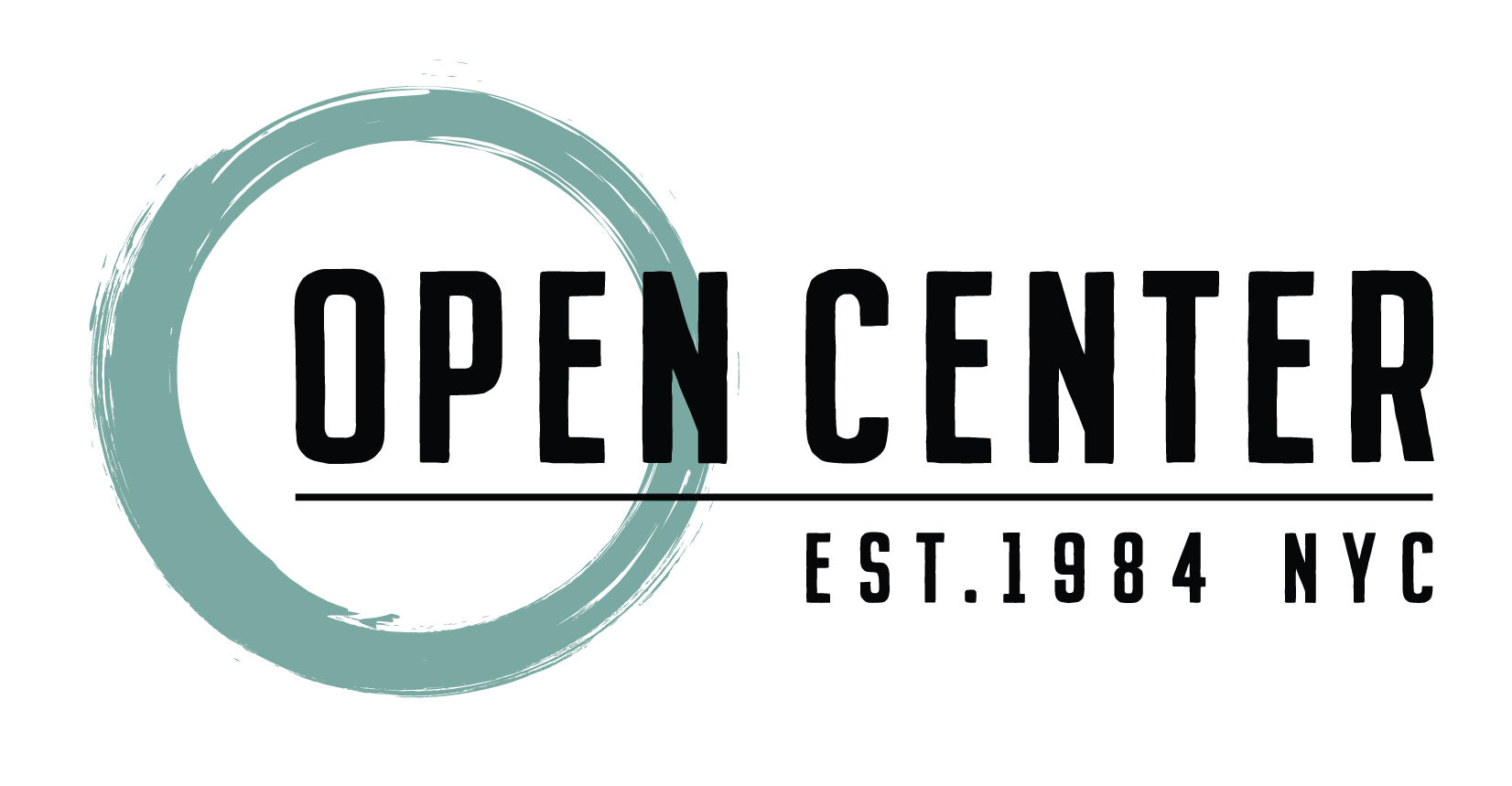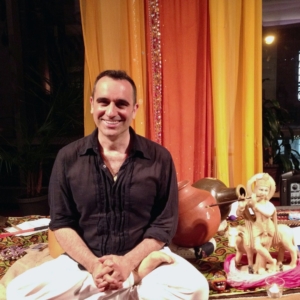By Thomas Amelio
If you are reading this, you probably hear the word “transformation” a lot. You may have gotten involved in books, media and programs that promise it. But what is transformation? How do we know when it has happened? How do you initiate genuine and lasting change?
The Fire Element and Tapas
In yoga philosophy, as with Alchemy, transformation is most often associated with the symbolic element of fire. Heat makes ice transform from its rigid condition, back to its fluid state of water; it can then turn water into steam freeing the moist air to float to a cooler altitude into the clouds where, with the right conditions, it might form droplets heavy enough to fall down as rain. The cycle of transformation is constantly happening in all sorts of ways. The science of yoga aims for a transformation that is physical, mental, emotional and spiritual.
An important aspect of yoga is Tapas—regular practices that free us from bondage to habits, addictions, and their attendant suffering.
Tapas, in Sanskrit, means “to heat,” and refers to any spiritual practice (or sadhana) that seeks to set fire to that which obstructs our real nature. In Vedic philosophy our real nature is called Brahman which signifies an ultimate reality transcendent to our intellect and senses, and also called Atman, when associated with an individual. The real nature of the Atman is said to be Sat-Chit-Ananda. Sat meaning ‘existence or truth, Chit meaning consciousness that existence, and Ananda—joy or bliss. It represents a full human blossoming: “I exist (Sat) —I awaken to be aware I exist (Chit) and finally ‘ah, the joy (Ananda) of this existing and knowing!’”
When we, through the purifying power of Tapas, become fully awake to our true nature as Sat-Chit-Ananda, and embody it on all levels, we are said to have achieved Moksha (liberation)—freedom from all the karmas that obstructed realization. This is the ultimate in transformation.
The yogis and rishis (seers) taught that this liberation cannot realized through intellectual or intuitive insight—but must happen fully on the spiritual, mental, emotional and physical levels. All must be purified of karmas—i.e. stored suffering as a result of taking actions based on an ignorance of our real nature.





